
When Should Foals Be Dewormed?
Foals are at the greatest risk for internal parasites. Dr. Kenton Morgan offers advice for protecting them.

Foals are at the greatest risk for internal parasites. Dr. Kenton Morgan offers advice for protecting them.

Learn the most up-to-date information about when and how to deworm your horses.

Dr. Fernanda Cesar shares the most current research on R. equi, which causes pneumonia in foals.

Researchers are learning more about how microbes within the gut influence horse health.
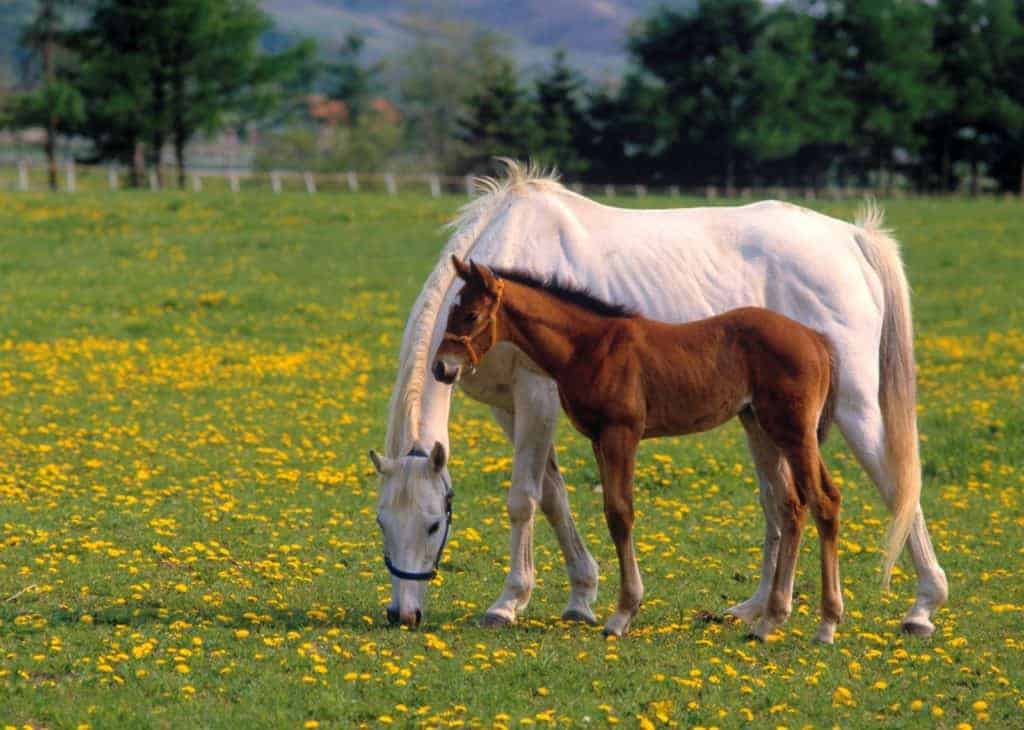
Researchers found that over- and underfeeding can affect foals’ bone growth, metabolism, and testicular development.

Foals with lesions had reduced peak vertical forces in the affected limb, suggesting reduced weight-bearing.
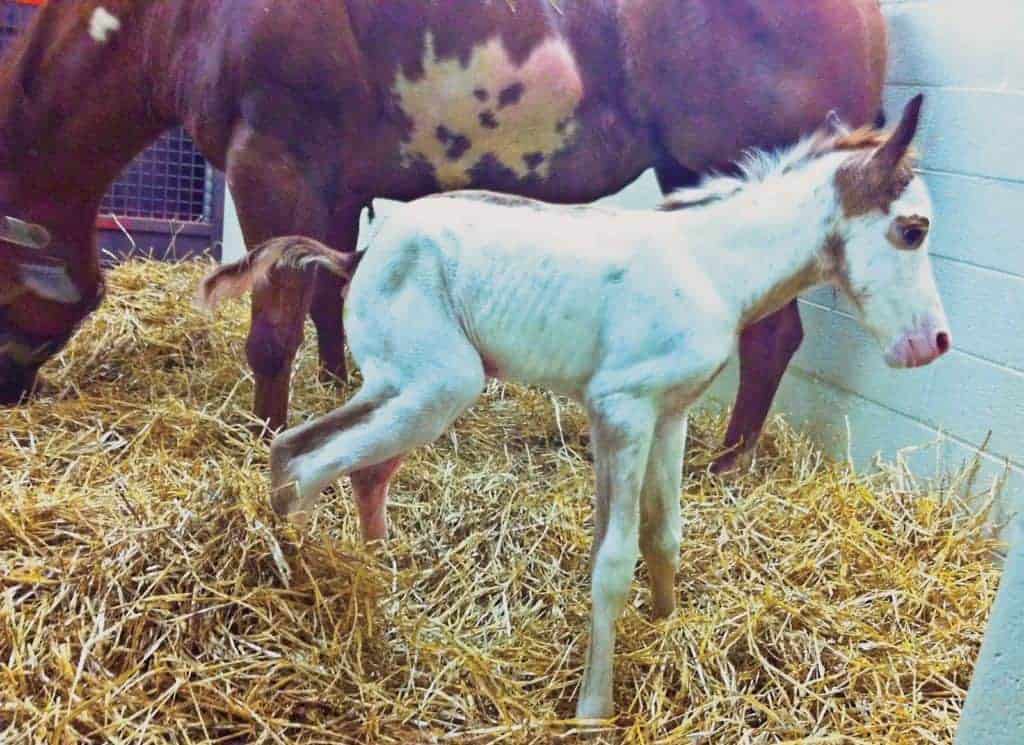
Learn to recognize and treat this condition that can threaten foals within the first 24 hours of life.
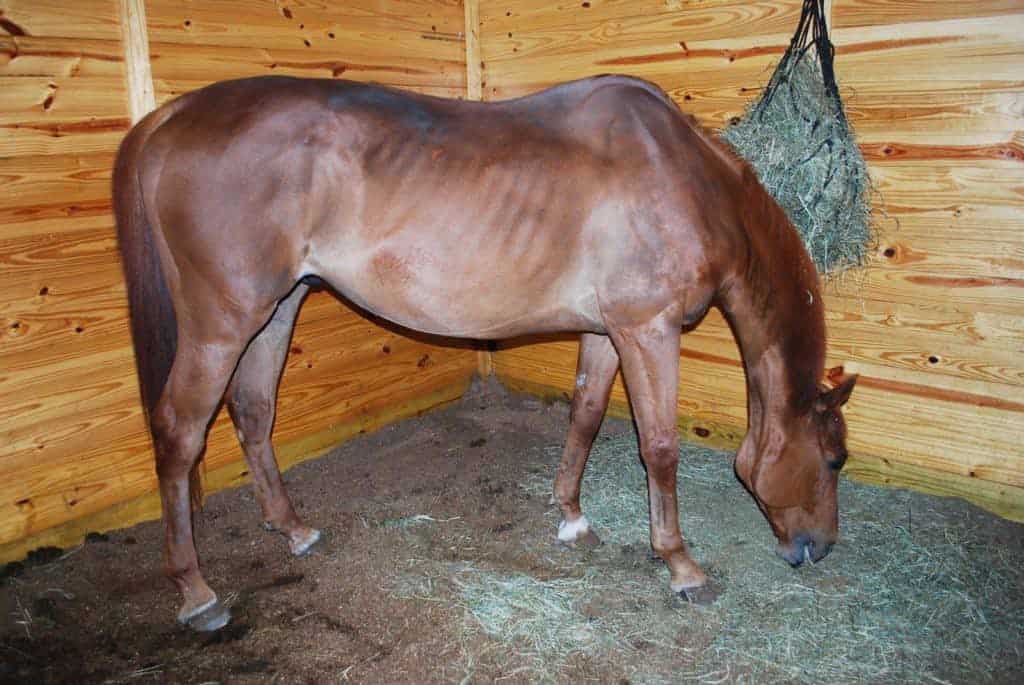
In most cases, energy requirement recommendations are an estimate of what a horse needs.

Genetic Testing at Gluck is offering tests to identify carriers of the dwarfism and hydrocephaly mutations.
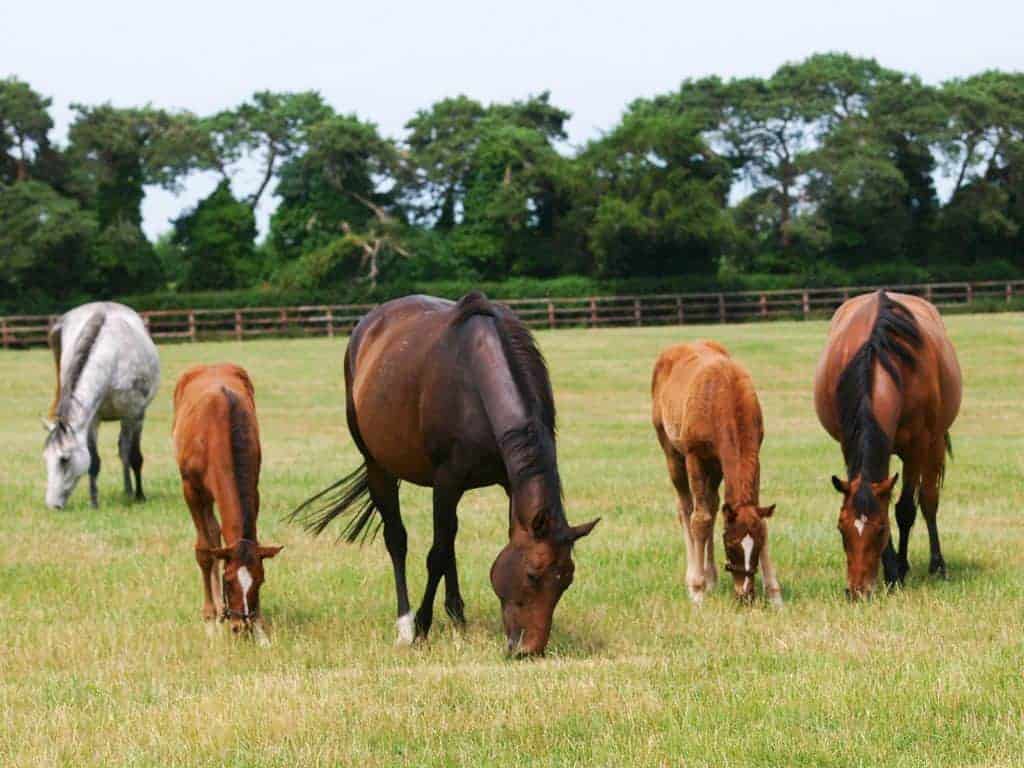
Overweight mares often produce heavier foals, which studies have shown are at-risk for musculoskeletal disorders.

Take an up-close look at common internal parasites and the damage they can do to your horse. Also learn about parasite resistance and the drugs and management methods that can help control certain worms.
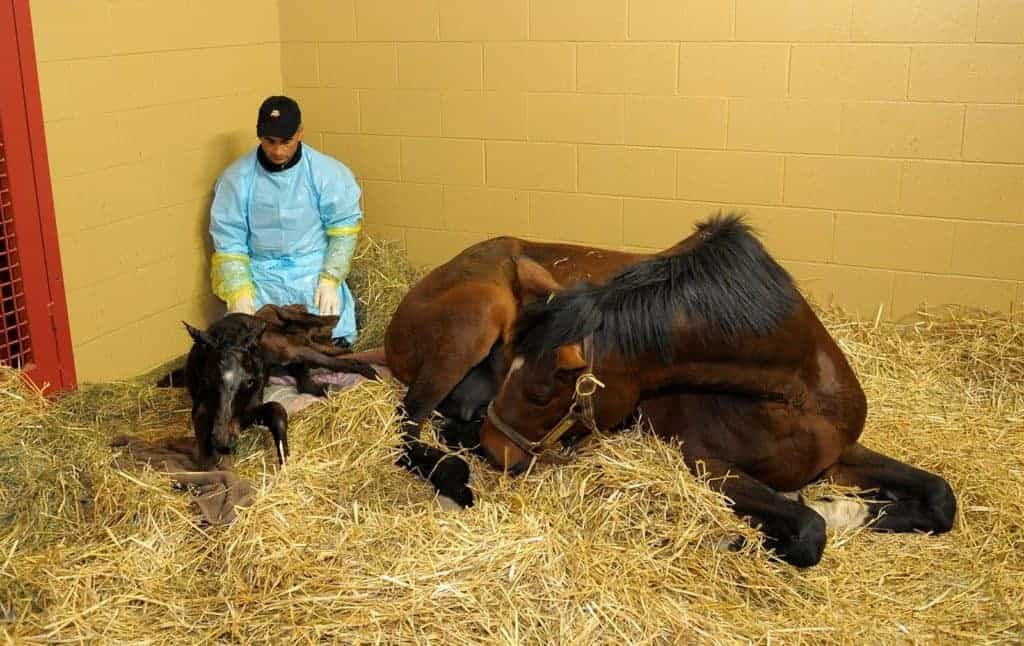
Neonatal medicine is an important area of equine practice, because time is of the essence when youngsters are sick.

How young horses are fed and housed can impact how osteochondral lesions evolve, and even help them heal.

Find tips on handling bacterial pleuropneumonia, pneumothorax and hemothorax, rib fractures, and ARDS in foals.

Carbohydrates are the main source of dietary energy for horses and are important for fast, quick-burning power.

Our nutrition expert considers grain hays, grass hay, and alfalfa for feeding growing horses.
Stay on top of the most recent Horse Health news with
"*" indicates required fields